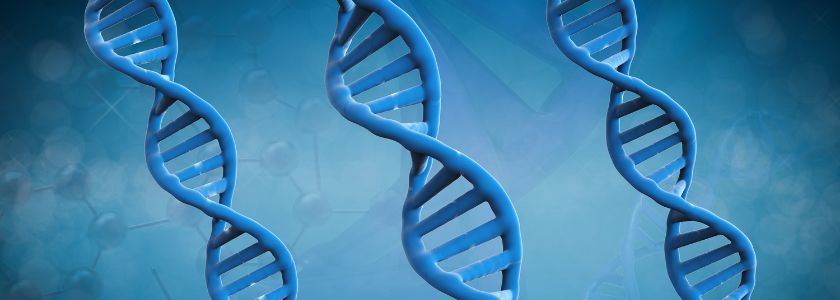SNP vs. SNV: What is the difference and why should you care?

The takeaway: What is a SNP? What is a SNV? Let’s look at the differences and similarities.
SNP vs SNV: They might share many of the same letters, but these two concepts are quite different, and it pays to understand the differences.
SNV vs SNP: What is the difference?
SNP and SNV are two types of single nucleotide variations that can be found in a genome. Both are important when it comes to genotyping. The main difference between the two is their occurrence. A SNP is a single nucleotide change seen in more than 1 percent of the members of a population, while a SNV is a variation in a single nucleotide without any frequency limitations.
Notably, SNP has been used without a frequency threshold for decades, while SNV only appeared in the literature in the last 15 or so years.
What is SNV?
SNV is short for single nucleotide variant. It is a variation of a single nucleotide in a population’s DNA sequence, or genome. A SNV can be either common or rare and can occur in either germline or somatic cells. SNV occurs in cancer and is key when designing PCR primers meant to detect viruses.
In non-coding regions, SNVs can impact mRNA sequence and the level of gene expression, meaning they result in disease susceptibility and can signal a higher risk of cancer. SNVs in coding regions can be synonymous substitutions or nonsynonymous substitutions. Synonymous substitutions do not alter the amino acid sequence, while nonsynonymous substitutions can be one of two types: missense substitutions result in proteins that are malfunctioning while nonsense substitutions result in prematurely stopped codons.
What is SNP?
SNP is short for single nucleotide polymorphism, and it is a single base substitution but limited to germline DNA. For a SNP to occur, a large fraction of the population should have a single nucleotide variation—usually this has to be around 1 percent.
SNPs can be either in a non-coding region or in a coding region. A SNP in a coding region can be either synonymous or non-synonymous, and those that are non-synonymous can be categorized either as missense or nonsense.
What are the similarities between SNP and SNV?
SNP and SNV are both genotyping methods that can be used for the detection of single nucleotide variation in a genome. They are detected using real-time PCR, microarrays, and next generation sequencing.
How can SNPs be used?
SNPs play important roles, serving as a genetic marker for disease-related genes and in population studies. Since some SNPs may be unique to certain groups or ethnicities, they may be used to help understand evolutional processes, individual diversity, family traits, and more.
SNPs may also help researchers understand the role that gene variants play in drugs, and why some drugs may be effective for one group of people and toxic to another.
Wait, there’s one more! What is MNV?
MNV is short for multi-nucleotide variant. An MNV represents two or more SNVs in succession.
